My son lives in Essex and we are visiting for a few days. He found this walking trail for us. Tollesbury is a village in England on the Essex coast at the mouth of the River Blackwater. It is nine miles from Maldon and twelve miles from Colchester.
Of course this is nothing like my usual walking places of hills, mountains, lakes and wooded green countryside of Northern England . This is in the SE. It was flat, wild and very beautiful. Different but stunning in its own way.
The sign as we entered the village was 2 sided and showed a plough on one side and a sail on the other. This is because Tollesbury was known as the village of the plough and sail and relied on food from the land and sea. The main trade of Tollesbury was crabs and oysters.


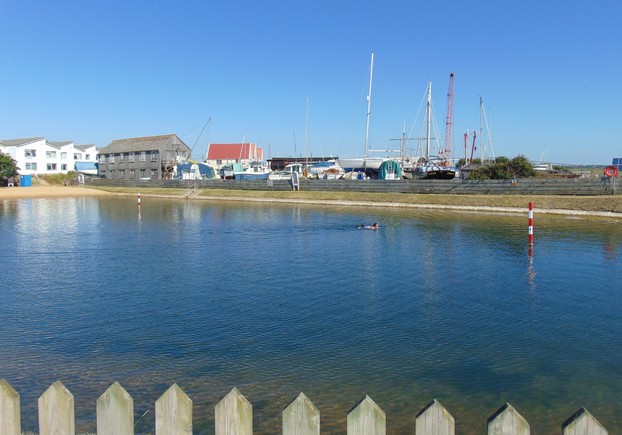

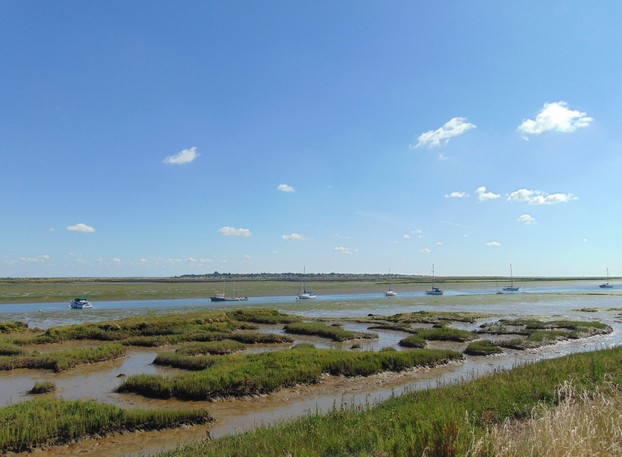
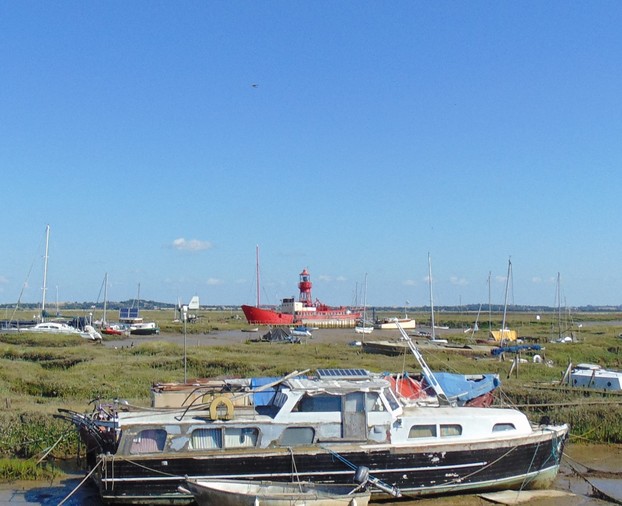
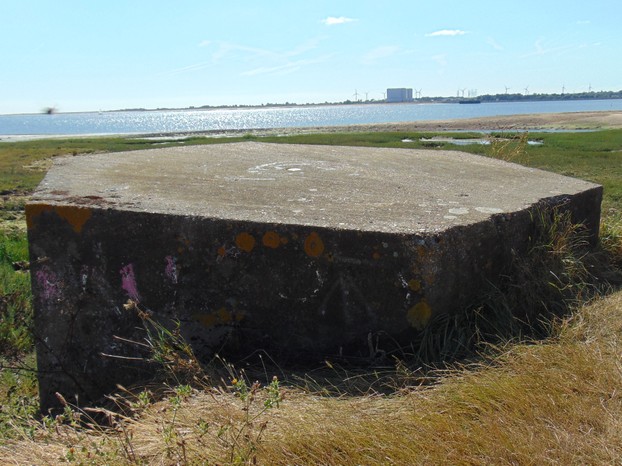
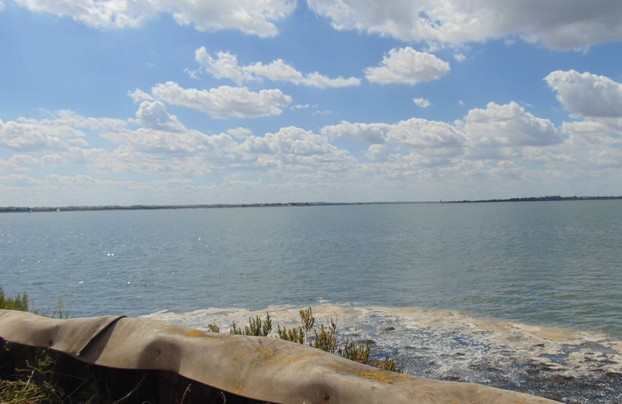
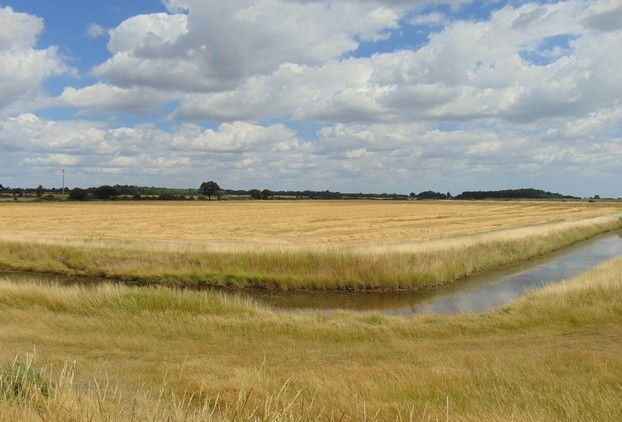
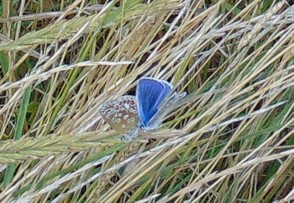
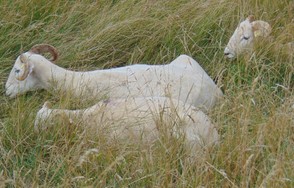
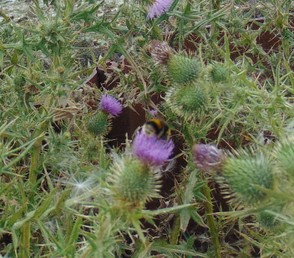
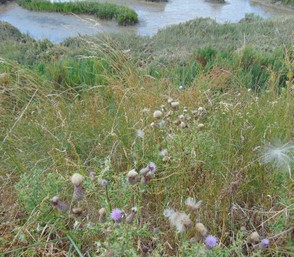
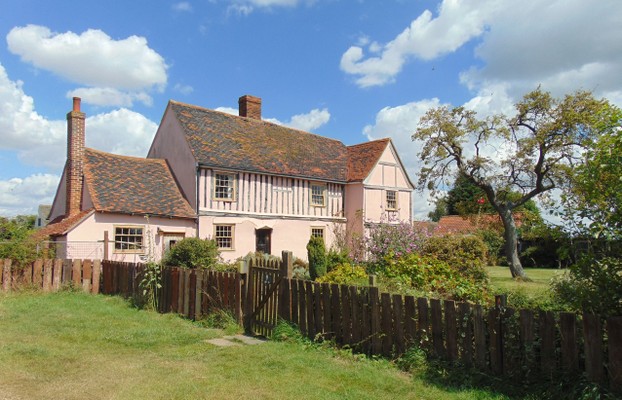
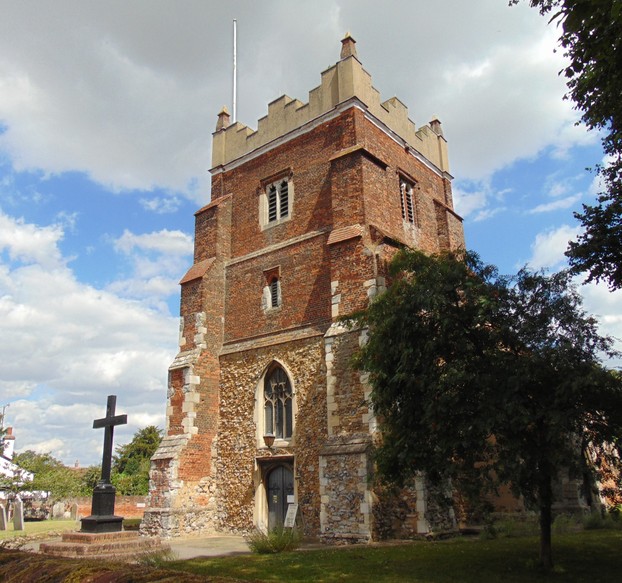
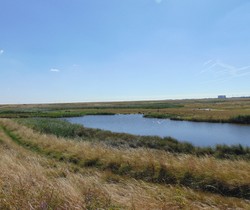

 Blarney Castle and Gardens, County Corkon 06/01/2023
Blarney Castle and Gardens, County Corkon 06/01/2023
 An Cóbh, Corcaigh, Eireon 05/29/2023
An Cóbh, Corcaigh, Eireon 05/29/2023
 Dublin ; The Book of Kellson 04/04/2023
Dublin ; The Book of Kellson 04/04/2023
 The Bee Tree Community CIC;- an online support communityon 08/24/2022
The Bee Tree Community CIC;- an online support communityon 08/24/2022
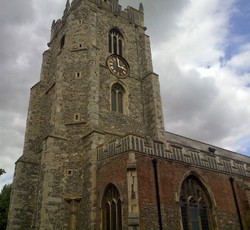
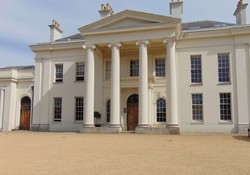
Comments
Me too, I agree with you about the pretty pink of Rolls cottage.
Is that the aforementioned residence's original color?
The third paragraph to your introduction advises us that "The main trade of Tollesbury was crabs and oysters."
Do Tollesbury culinary tradition and present-day eateries have any signature, special crab and oyster dishes and recipes?
The rushes are indeed sold for matting.
The light ship is quite fascinating isn't it ! I too would like to know more about it. I'll bet it has seen some tales. I will investigate at some point.
The land is farmland and I would think it is very important that the farmer keeps the drainage in good condition.
This area is one of England's driest and it does not get many storms, only occasionally. The annual rainfall is small compared to the NW as we discovered today ! It's been soaking all day. The average rainfall for July ( when we visited ) would be only 7mm compared to 54mm average in July for this part of England.
While I am unsure of the detail of the clearing of the drainage bend, I know that the reed and rushes are cut and sold for matting.
Veronica, Thank you for the afternoon stroll! Sometimes flat is very nice, for bicycling, running and walking.
Do you know if the lightship has any famous tales to tell, such as that of the Daunt in Ireland? Do you know what the skies look like during super-stormy weather? Do you know what they do to keep that drainage system bend pruned?
Yes you are so right. I think that sort of change and variety keeps the brain more alert. That in turn helps us to avoid Alzheimer's I think.
That and the 10 mile hike .... :)
Variety is important, and finding a walking trail that is so different, indeed arts different from itself even, makes it a valuable experience. Variety keeps us from being bored.
Thank you .
It is certainly very beautiful despite not being as lush green as the North West.
This article on walking in Essex is a valuable addition to the walking articles on Wizzley, as it is an area about which there have been no previous articles. I have only visited Essex twice, so I cannot write about my experiences of walking there. The last time I walked there was 1969.
One interesting fact about Essex, whose name means the land of the East Saxons, is that it is England's driest county, the one whose rainfall is the lowest in Britain. It is the county where the writer Beth Chatto planted her Dry Garden, plants suited to dry soils. The dry conditions explain why it is not as green as Cheshire, in the damp North West. Yet the coastal mudflats of Essex can be extensive and are at places dangerous. It is the county which has England's most dangerous coastal path, the Broomway, which crosses dangerous mudflats.